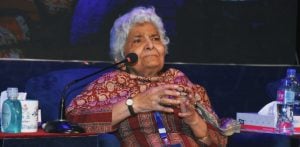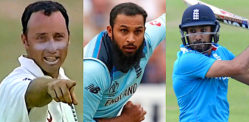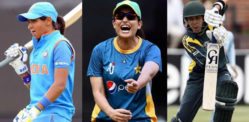Kaneria faced a lifetime ban from playing cricket
Cricket, known as the gentleman’s game, has been rocked by a series of controversies involving South Asian cricketers.
From jaw-dropping match-fixing scandals to fiery on-field clashes, these incidents have captured global attention and left a lasting impact on the sport.
Although the aggression, passion, and love for the sport are entertaining to see, it can spill over into some career-defining moments – and not positive ones.
These situations have not only impacted some players’ legacies but also their ability to ever play the game again.
So, we dive into the 10 most infamous moments involving South Asian cricketers and reveal the punishments that reverberated throughout the cricketing world.
Mohammad Azharuddin’s Match-Fixing Controversy
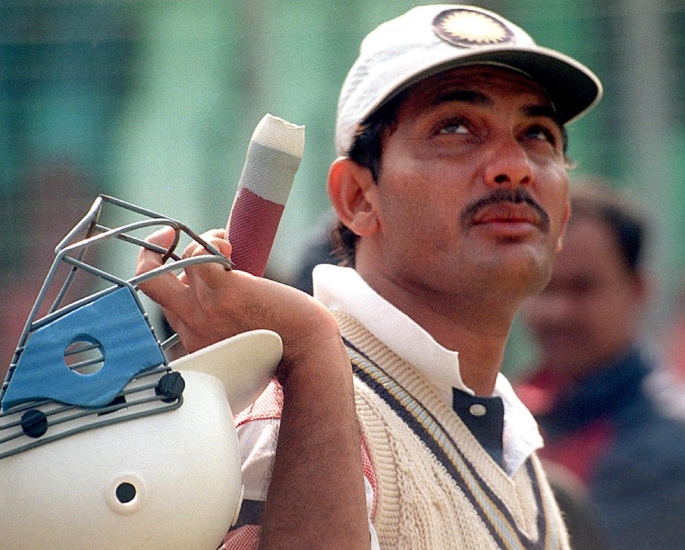
Mohammad Azharuddin, an Indian cricketing icon, was once celebrated for his elegant strokeplay and exemplary captaincy.
However, his meteoric rise was overshadowed by shocking match-fixing allegations in the late 90s.
Azharuddin stood accused of providing insider information and underperforming in matches, shattering the faith of millions of Indian cricket fans.
Azharuddin’s once-glistening career came crashing down when he was banned for life by the Board of Control for Cricket in India (BCCI).
The cricketing community was left grappling with the bitter reality that even revered heroes could succumb to the allure of easy money.
Indian cricket underwent a seismic transformation, desperately seeking a clean slate and restoring the faith of its fans.
Saleem Malik’s Match-Fixing Allegations
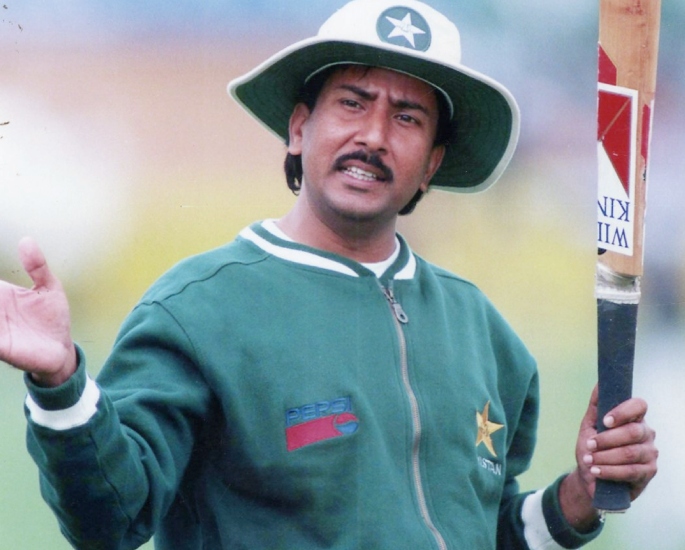
Saleem Malik, a talented Pakistani cricketer, found himself ensnared in the match-fixing web during the late 90s.
He was accused of offering bribes to manipulate match outcomes, sending shockwaves through the cricketing world and leaving a trail of disillusionment in his wake.
The hammer of justice struck hard on Malik.
The Pakistan Cricket Board (PCB) banned him for life, forever tarnishing his cricketing legacy.
The incident served as a wake-up call, forcing cricketing authorities to reevaluate their strategies and fortify their defenses against the insidious threat of match-fixing.
Greg Chappell’s Email
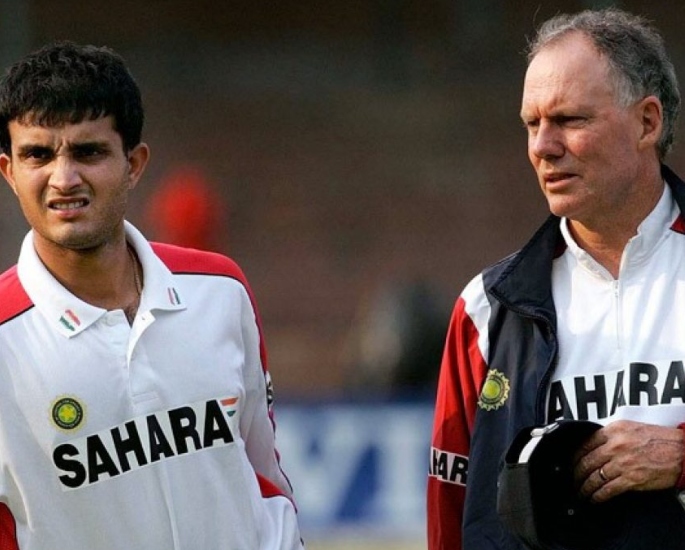
Greg Chappell, the former Australian cricketer, and coach of the Indian cricket team, found himself at the centre of a scandal in 2006.
It all began with a fateful email that would cause tremors throughout the sport.
In this email, Chappell, then coach of the Indian team, expressed his concerns and criticisms about the Indian cricketing legend, Sourav Ganguly.
The email, intended for the cricket board, made its way into the public domain, setting off a chain reaction.
The contents of the email were explosive, as Chappell reportedly questioned Ganguly’s commitment, fitness, and leadership abilities.
The revelation sent shockwaves through the Indian cricketing community, pitting players, fans, and administrators against each other.
The controversy raged on, with heated debates, public statements, and behind-the-scenes manoeuvring taking centre stage.
The incident exposed the internal strife within the Indian team, revealing cracks in the façade of unity and harmony.
It led to divisions among players, with some supporting Chappell’s vision for change and others rallying behind Ganguly.
Ultimately, the email controversy became a watershed moment in Indian cricket.
The “Monkeygate” Controversy
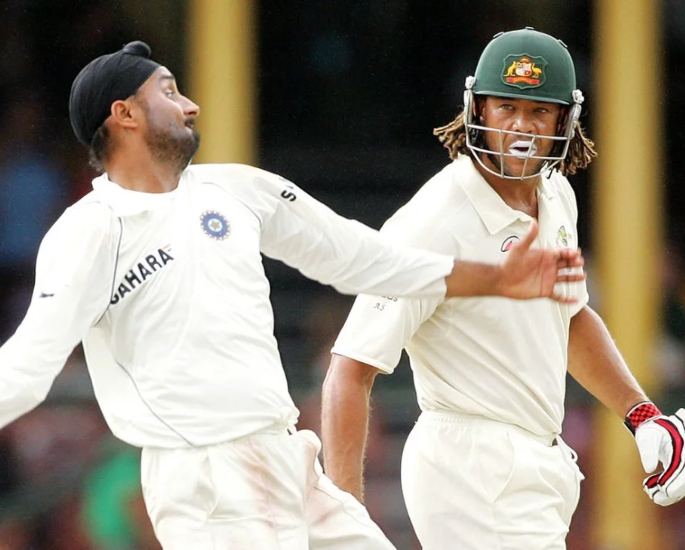
In the fiery cauldron of the 2007-08 Test series between India and Australia, the cricketing world witnessed an explosive clash that ignited tensions on and off the field.
Indian spinner Harbhajan Singh was accused by Australian all-rounder Andrew Symonds of racially abusing him.
It plunged the series into chaos and sparked a fierce debate about racism in cricket.
The confrontation erupted when Harbhajan allegedly used a racially derogatory term against Symonds, triggering a heated verbal exchange.
The incident stirred a maelstrom of emotions, with cricket fans worldwide divided over the severity of the alleged racial abuse.
Harbhajan initially faced a three-match ban, threatening to derail his career.
However, following an appeal, the ban was reduced to a charge of using abusive language.
Harbhajan Singh and Sreesanth Slapping Incident
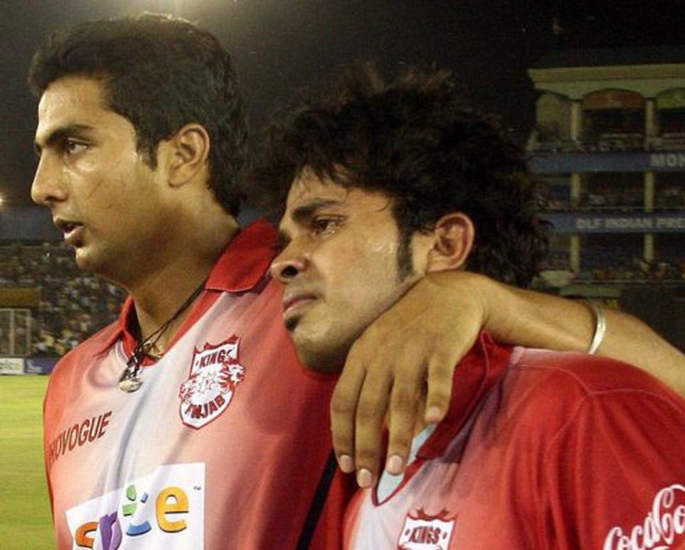
One incident during the 2008 Indian Premier League (IPL) captured the attention of fans and left an indelible mark on the sport.
It was the explosive clash between Harbhajan Singh and Sreesanth.
Picture the scene: a tense match between the Mumbai Indians and the Kings XI Punjab.
The atmosphere was charged with anticipation and the stakes were high.
In a moment of heated exchange, Harbhajan delivered a slap across Sreesanth’s face, catapulting the incident into the headlines.
Whilst the incident wasn’t directly recorded on camera, Sreesanth was caught crying on the field after the supposed slap.
The fallout from the incident was swift and dramatic.
Harbhajan faced severe repercussions for his actions and was banned for the rest of the IPL season that year.
As time has passed, the Harbhajan-Sreesanth slap incident stands as one of the most controversial moments in IPL history.
However, the pair have reconciled and moved on.
Danish Kaneria Match Fixing Inquiry
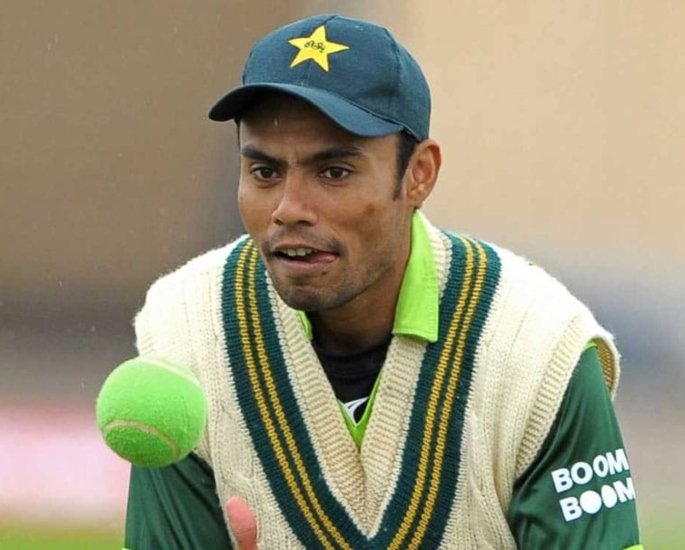
Danish Kaneria, the talented leg-spinner from Pakistan, found himself entangled in a web of suspicion in 2010.
Kaneria faced inquiries related to alleged “match irregularities” during the 2009 domestic season.
The focus of the investigations centred around a NatWest Pro40 match in September 2009, a game where Essex emerged victorious.
In a surprising turn of events, the police informed Kaneria in September 2010 that the investigation had been closed, and he had been cleared of any wrongdoing.
The news provided a temporary respite, allowing him to resume his cricketing career.
Despite being part of the training camp, Kaneria was excluded from the two-match Test series against South Africa by the PCB.
Kaneria, undeterred by the setback, turned his focus to the Quaid-e-Azam Trophy, representing HBL and making a notable impact with 18 wickets in just two games.
The real bombshell came in 2012, during Mervyn Westfield’s trial on spot-fixing charges.
In a dramatic courtroom revelation, Kaneria was named as the man who had approached Westfield with the nefarious idea.
The two were teammates at the time of the alleged approach, adding another layer of complexity to the unfolding saga.
Both Kaneria and Westfield were found guilty of offenses related to spot-fixing.
Kaneria faced a lifetime ban from playing cricket in England and Wales, and the PCB agreed to uphold the ECB’s decision.
Kaneria launched an appeal against the lifetime ban imposed by the ECB. However, in July 2013, his appeal was denied for the second time.
In October 2018, Kaneria finally came clean and admitted his involvement in the 2009 spot-fixing scandal.
The 2010 Spot-Fixing Scandal
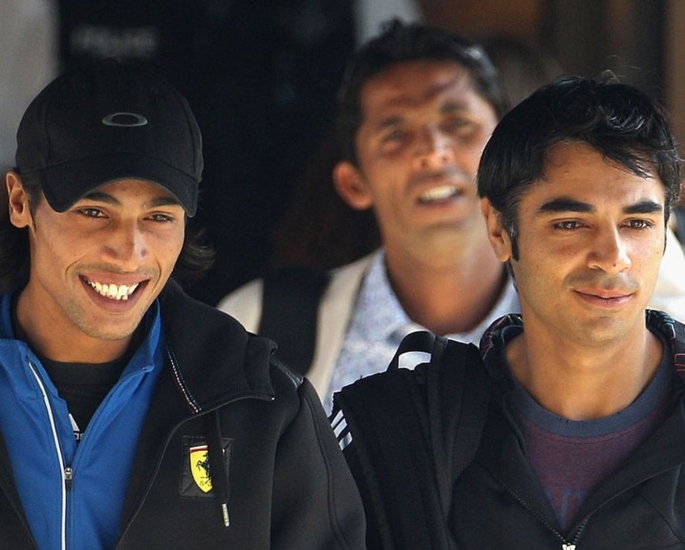
In 2010, the cricket world was shaken to its core when Salman Butt, Mohammad Asif, and Mohammad Amir were exposed to a sinister spot-fixing scandal during their tour of England.
Unbelievably, these players were caught red-handed, deliberately bowling no-balls at predetermined moments, all for a quick buck from shady bookmakers.
The fallout was severe.
In a gripping five-week-long saga, the three players found themselves on the receiving end of lifetime bans from the ICC for their reprehensible actions.
The drama unfolded further as the case took a dramatic turn and landed in the British Crown courts, transforming it into a criminal trial that kept the world on tenterhooks.
Salman Butt, the former captain, was handed a hefty sentence of two-and-a-half years behind bars.
Mohammad Asif and Mohammad Amir, the talented bowlers whose careers were overshadowed by their involvement, faced their own reckoning.
Asif received a one-year prison sentence, while Amir was sentenced to six months in jail.
But that wasn’t the only revelation that emerged during the investigations.
The courtroom was abuzz with allegations of deliberate underperformance by members of the Pakistan team in earlier matches.
It was a shocking revelation that these players, driven by ulterior motives, had stooped to such depths.
Their clandestine mission was to tarnish the reputation of T20 captain Shahid Afridi.
They hoped their efforts would result in his dismissal, making way for Butt to assume captaincy across all three formats.
The trial laid bare the extent of the deception and manipulation that had infiltrated the team, tarnishing the spirit of the game.
2012 IPL Spot-Fixing

The 2012 IPL spot-fixing scandal set the cricketing world ablaze.
It all began when India TV unveiled a sensational sting operation that implicated five players in the sinister act of seeking money in exchange for spot-fixing.
TP Sudhindra of the Deccan Chargers faced the harshest punishment, a life ban that forever shattered his cricketing dreams.
Shalabh Srivastava of the Kings XI Punjab was slapped with a hefty five-year ban.
Mohnish Mishra of the Pune Warriors India and Amit Yadav of the Kings XI Punjab received one-year bans.
Even Abhinav Bali, who had no affiliation with any team during the 2012 season, was banned for a year after his shocking admission of spot-fixing during the 2009 season.
Brave reporters Jamshed Khan and Sushant Pathak posed as representatives of various teams, skillfully extracting damning revelations from the unsuspecting players.
Mishra, unable to resist the lure of forbidden riches, spilled the beans on his franchise, Pune Warriors India.
They had allegedly doled out a staggering sum of £114,633 – £137,599 against the guidelines set by the BCCI.
As an uncapped player, Mishra was only entitled to receive £29,000, making the illicit payment a blatant violation of the rules.
TP Sudhindra, perhaps unaware of the trap he was stepping into, even bowled a deliberate no-ball at the behest of the undercover reporter, sealing his fate in a moment of foolishness.
The IPL chairman, Rajiv Shukla, declared that “strict action” would be recommended against the guilty players, effectively suspending them from all cricket activities.
BCCI president N. Srinivasan, with fire in his eyes, emphatically stated that corruption would not be tolerated, vowing to weed out such nefarious activities from the beloved sport.
Sreesanth’s Spot-Fixing Controversy
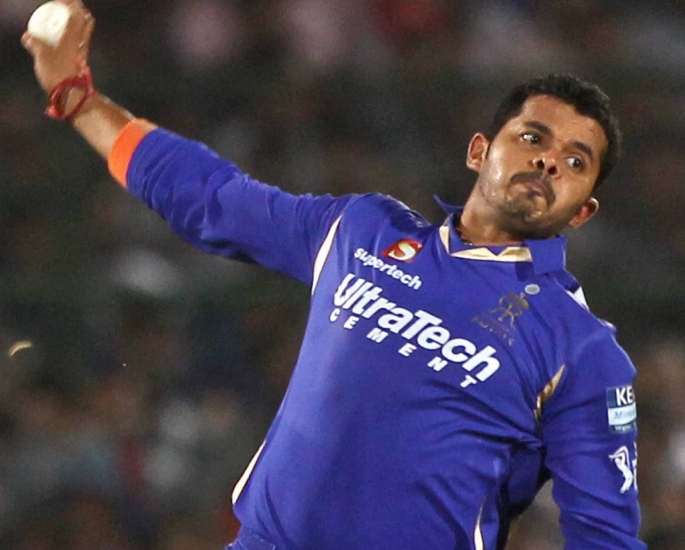
In 2013, the Indian Premier League (IPL), cricket’s glitzy extravaganza, was hit by a scandal of seismic proportions.
Indian fast bowler S. Sreesanth was arrested for his involvement in spot-fixing, where players deliberately orchestrated predetermined moments in matches to favour illicit bookmakers.
In one match against the Kings XI Punjab, Sreesanth gave 14 runs in an over as a supposedly planned situation.
Sreesanth’s meteoric fall from grace shook the cricketing fraternity.
The pacer, known for his aggressive on-field demeanor, was caught in a web of corruption that tainted the sport’s most lucrative tournament.
Sreesanth faced the wrath of justice as he was banned for seven years by the BCCI.
The scandal shattered his dreams, leaving a trail of broken trust and a stark reminder of the corruption that had infiltrated the IPL.
2017 Pakistan Super League Scandal

In February 2017 the PCB suspended several cricketers under its anti-corruption code, triggering a full-fledged investigation into spot-fixing during the 2017 Pakistan Super League (PSL).
Six cricketers found themselves in the eye of the storm.
Sharjeel Khan, Khalid Latif, Nasir Jamshed, Mohammad Irfan, Shahzaib Hasan, and Mohammad Nawaz were suspended, their careers hanging in the balance.
The allegations that emerged were nothing short of astonishing.
Sharjeel Khan, it was alleged, had received a hefty sum of 2 million Pakistani rupees (£5479) to play two dot balls in a crucial match against Peshawar Zalmi.
Khalid Latif was accused of using bat grips provided by bookies, using them as a signal that he would follow through with the spot-fixing.
Additionally, he faced further allegations of luring three other players into the web of corruption.
The PCB’s Anti-Corruption Unit (ACU) questioned Sharjeel Khan and Khalid Latif immediately after the opening match of the 2017 PSL, leading to their provisional suspension.
Mohammad Irfan, a player from Islamabad United, was also questioned alongside Sharjeel and Latif, though he was not immediately suspended.
Najam Sethi, the chairman of the PSL, revealed that they had gathered evidence against Sharjeel and Latif, waiting until the match’s conclusion to ensure they fulfilled their commitments to the bookmakers.
Nasir Jamshed, another cricketer embroiled in the controversy, was provisionally suspended by the PCB and later arrested in the UK along with another individual in connection with the investigation.
The National Crime Agency (NCA) collaborated closely with the PCB and the ICC’s anti-corruption units, underscoring the gravity of the situation.
As the evidence mounted, the PCB’s Vigilance and Security Department charged Sharjeel and Latif for their alleged breaches of the anti-corruption code.
Among the charges were attempts to corrupt the game and failing to disclose suspect approaches.
Notices were handed to the players, urging them to seek legal counsel and respond within 14 days.
The final chapters of the scandal played out in courts and legal proceedings.
In a court hearing in December 2019, Nasir Jamshed pleaded guilty to his involvement in spot-fixing.
Then, two British citizens confessed to offering money to cricketers to fix outcomes in the PSL.
Mohammad Irfan, in a moment of truth, pleaded guilty to the charges and faced a one-year ban from all forms of the game.
The hammer of justice fell harder on Sharjeel Khan, who was found guilty of five counts and handed a five-year ban, effectively extinguishing his cricketing dreams.
Khalid Latif faced a similar fate, slapped with a five-year ban after being found guilty on six counts.
Nasir Jamshed and Shahzaib Hasan, too, were not spared, receiving one-year bans in December 2017 and February 2018, respectively.
However, their bans would later be extended, with Shahzaib receiving a four-year ban and Jamshed receiving a staggering 10-year ban from all forms of cricket.
Cricket’s history is peppered with gripping controversies involving South Asian cricketers, leaving an indelible mark on the sport’s narrative.
These incidents have tested the resilience of the game, shattered the dreams of celebrated players, and forced cricketing authorities to confront the darker side of their beloved sport.
As cricket evolves and strives for a brighter future, it is crucial to learn from these controversies, reinforcing the values of fair play and integrity.




